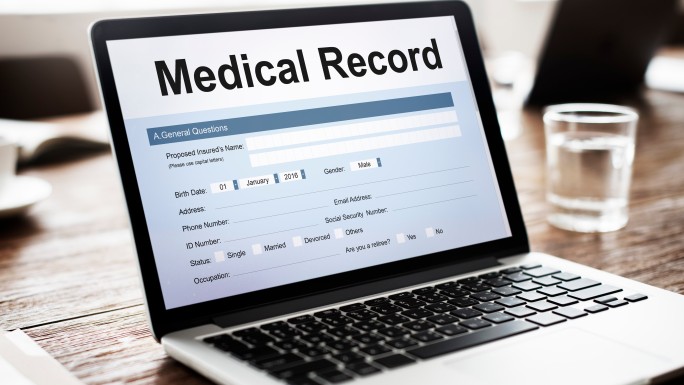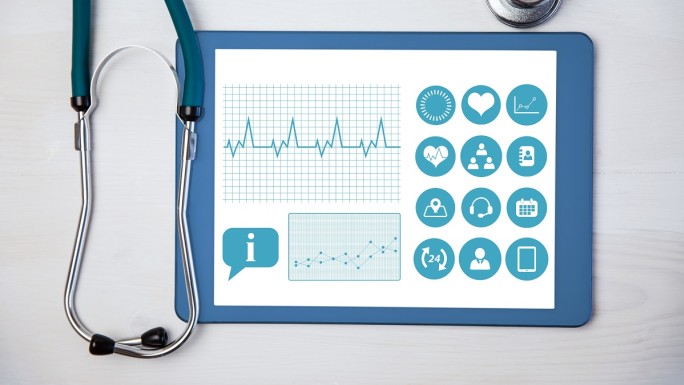Understanding technology aspects of the E-prescription system
E-prescription, or electronic prescription, is not something new in the healthcare and pharmacy landscape. This innovation has addressed most of the traditional prescribing problems, reducing medication errors and enhancing patients’ safety.
E-prescription has become so popular that according to a Surescripts report, about 91% of community pharmacies and healthcare providers in the U.S. integrated e-prescription systems into their practice. It’s time to delve into the technology aspects of this system, to understand its functions and how it could help pharmacies and providers in healthcare settings.
Definition of e-prescription system
An e-prescription system, short for electronic prescription system, refers to a digital platform or software solution designed to facilitate the creation, transmission, and processing of prescriptions in the healthcare industry. This technology replaces traditional paper-based prescription methods, offering a more efficient, accurate, and secure way for healthcare providers to prescribe medications for their patients.

Overview of the e-prescription system workflow
The workflow of an e-prescription system involves several steps, from the point of prescription creation by a healthcare provider to the dispensing of medication by a pharmacy. Here is a typical e-prescription system workflow:
Patient visit
The e-prescription process begins during a patient's visit to a healthcare provider, such as a physician or nurse practitioner.
Electronic Health Record (EHR) access
The healthcare provider accesses the patient's electronic health record (EHR) through the EHR system, which may include integrated e-prescribing functionality.
Patient assessment
The provider conducts a medical assessment, diagnoses the patient's condition, and determines the appropriate medication, if necessary.
Prescription creation
Using the e-prescribing module within the EHR, the healthcare provider creates an electronic prescription, specifying the medication, dosage, route, and any relevant instructions.
Real-time decision support
The e-prescribing system may provide real-time decision support, alerting the provider to potential drug interactions, allergies, or other safety concerns.
Verification of patient information
The provider verifies and confirms patient information, ensuring accuracy in the prescription details.
Prescription transmission
Once the prescription is complete, the provider electronically transmits the prescription to the patient's chosen pharmacy. The transmission is typically secure to protect patient privacy.
Pharmacy integration
The e-prescription is received by the pharmacy's electronic system, which integrates with the e-prescribing standard and pharmacy management system.
Pharmacy review
Pharmacy staff reviews the e-prescription to ensure completeness, accuracy, and compliance with regulations. They may contact the prescriber for clarification if needed.
Dispensing medication
Upon verification, the pharmacy dispenses the prescribed medication. The dispensing process may involve labeling, packaging, and providing any necessary patient education.
Patient notification
The patient is notified, either through automated systems or personal contact, that their prescription is ready for pickup or delivery.
Patient pickup or delivery
The patient visits the pharmacy to pick up the medication, or in cases of home delivery, the medication is delivered to the patient's specified location.
Medication adherence support
Some e-prescribing systems may include features to support medication adherence, such as reminders or educational materials, which can be communicated to the patient.
Documentation and reporting
The e-prescription system records the transaction details for documentation purposes and may generate reports for regulatory compliance, analytics, or research.
Claims processing
If applicable, information related to the e-prescription may be sent to insurance companies for claims processing.
Users of e-prescription system
The users of an e-prescription system span various roles within the healthcare ecosystem. Here are the primary users of e-prescription systems:
Physicians and prescribers
Healthcare providers, including physicians, nurse practitioners, and other authorized prescribers, use e-prescription systems to create and send electronic prescriptions for medications. They benefit from features such as real-time decision support and access to patient medication history, leading to informed prescribing decisions.
Pharmacists
Pharmacists and pharmacy staff receive and process e-prescriptions. They use the electronic information to dispense medications accurately and efficiently. E-prescriptions streamline pharmacy workflow, reducing the need for manual data entry and minimizing errors.
Basic functions of an e-prescription system
Functions for hospitals/clinics
- Prescribing and sending prescriptions: Doctors can create the prescriptions, and check and send these prescriptions to the pharmacies.
- Searching and viewing medication history: Doctors can search the medication history based on patients’ information or ID. Deleting prescriptions if the prescription has not been dispensed to patients. Additionally, doctors can also continue the previously dispensed prescriptions for patients if needed.
- Managing patient medical information: Healthcare professionals can search and view personal and medical information in the e-prescription system.
- Confirmation signing: Doctors have to sign and confirm the prescription prescribed by him/her.
Functions for pharmacists
- Receiving and dispensing prescriptions: After the doctor has created the prescription and uploaded it to the system, the pharmacist can receive and search for the prescriptions. After dispensing the medicine, the prescription must be changed to dispensed status and can not be re-used next time.
- Linking with the insurance agency: The dispensed prescription is automatically linked with the insurance agency, saving time for re-entering information.
- Pharmacy reservation: Patients can call or make an online appointment in advance to a pharmacy in the chain to reserve an appropriate time to get medicine. After confirming the patient's information, the pharmacists can prepare the prescription in advance. E-prescription systems also have pre-booked prescriptions. (Helps other pharmacies know that the patient has an appointment to pick up medicine at another facility)
- Managing patient medical information: Pharmacists can search and view patient medical information, including medication history.
- Confirmation signing: After giving prescriptions to patients, pharmacists have to sign and confirm the given prescriptions.
E-prescription systems integrate with other healthcare systems

The seamless integration of an e-prescription system with various healthcare systems is critical for achieving a connected and interoperable healthcare environment. Here's an exploration of how e-prescription systems integrate with key healthcare systems:
Hospital information system (HIS)
E-prescription systems often integrate with Hospital Information Systems, providing healthcare providers with direct access to patient records. This integration ensures that prescription decisions are informed by a comprehensive understanding of the patient's medical history, allergies, and previous medications.
Integration with HIS allows for streamlined workflows. When a prescription is generated, relevant data is automatically updated in the patient's electronic health record (EHR), minimizing the need for manual data entry.
Insurance pharmacy system
Integration with insurance pharmacy systems facilitates seamless claims processing. Prescription details, including medication codes and costs, can be transmitted directly, expediting the reimbursement process for pharmacies and ensuring accurate billing.
E-prescription systems can be designed to verify insurance coverage in real time. This helps healthcare providers and patients make informed decisions about medication choices based on insurance formularies and coverage policies.
ID management system
Integration with identity management systems enhances patient identification accuracy. This is crucial for ensuring that prescriptions are linked to the correct patient, reducing the risk of medication errors and improving patient safety.
By cross-referencing patient identifiers from the ID management system, the e-prescription system can efficiently match patients with their medical records, supporting accurate prescription processing.
Information collaboration system
Integration with information collaboration systems promotes interoperability within the healthcare ecosystem. E-prescription systems can exchange data with other systems, fostering collaborative care and ensuring that healthcare providers have a comprehensive view of patient health information.
Collaboration systems enable real-time communication between healthcare providers, pharmacies, and other stakeholders. E-prescription data can be shared securely, allowing for quick clarification of prescription details and improving the overall care coordination process.
Conclusion
E-prescription, like any other technology, comes with many limitations and chances at the same time. With new innovations, such as AI, blockchain or health devices, there will be a lot of room for e-prescription to improve in the future. By understanding the basic functionalities of e-prescription, providers can commit to a future where healthcare is not only efficient but truly patient-centered.









